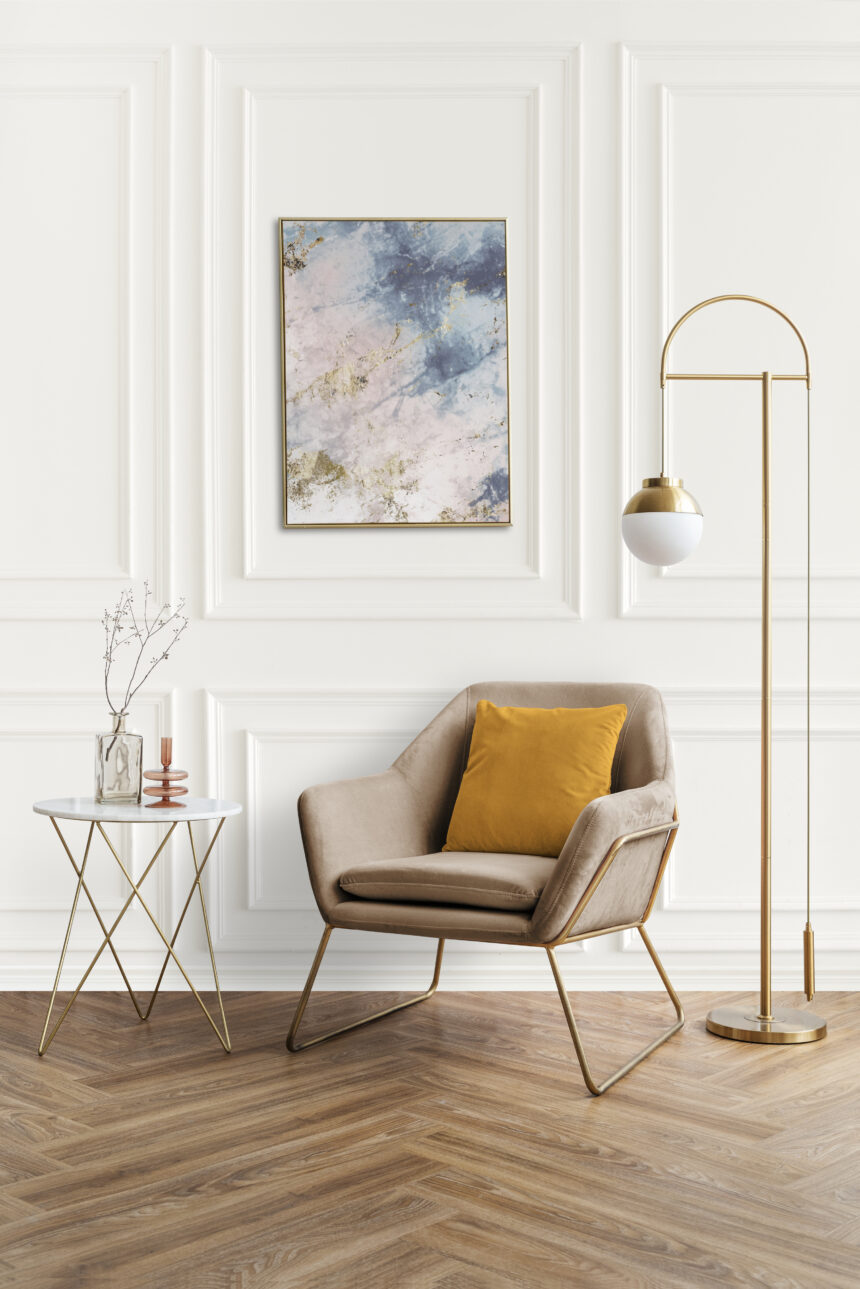Furniture flipping is your creative ticket to turning thrift finds into cash cows. Imagine transforming worn-out pieces with small upgrades that catch eyes—and open wallets. If you’ve got an eye for design and a smidge of DIY grit, you’re sitting on a thriving side hustle waiting to happen.
🎨 Why Furniture Flipping Is Having Its Moment
- Sustainability trend rising fast — consumers want unique, eco-friendly decor; furniture flipping reduces waste by giving pieces a second life. (hivefurnitureshow.com)
- Online marketplace power — Etsy, Facebook Marketplace, Instagram, you name it: venues to show off your flips to wider audiences. (sharetown.com)
- Profit potential is real — many flippers report solid margins when buying low and doing smart, low‐cost upgrades.
🔧 Essential Tools & Materials to Start Flipping
Before buying your next piece, make sure your toolkit includes:
- Basic set of screwdrivers, wrenches
- Sandpaper or a sander (various grits)
- Paints & brushes, primer, top-coat / sealant
- Stencils, new hardware (knobs, handles)
- Wood glue and minor repair supplies (fillers, clamps)
- Protective gear (mask, gloves)
These are your foundation for making “small upgrades” that look polished.
👀 Small Upgrades That Deliver Big Visual & Profit Boosts
These tweaks are low-cost but high-impact:
- Paint & stencil work — change color, add patterns. Even a simple stencil can make an ordinary dresser pop.
- Hardware swap — new handles or knobs give an instant premium look.
- Reupholstering or adding cushions — especially chairs or bench seats. Fabric choices matter.
- Wood staining & finish updating — for solid wood pieces, staining or refinishing can revive them beautifully.
- Texture & details — distressing, adding trim or moulding, or decorative overlays.
💰 Pricing Your Flips: What Really Works
Pricing is tricky but doable. Use this formula and mindset to value your work right:
- Cost basis = what you paid for the piece + all supplies used (paint, new hardware, fabric, etc.) + labor (your time).
- Markup & perceived value = what makes your piece attractive (unique look, craftsmanship, finish) and what the market in your area supports. Consider what similar pieces are selling for. (Furniture Flippa)
- Overhead & profit margin = factor in transport, tools’ maintenance, photography, listing fees, etc. Also time spent cleaning, sanding, finishing.
- Test pricing — sometimes list a few pieces, see what sells quickest, adjust. Underselling hurts your brand; overpricing slows sales. (Girl in the Garage®)
🛒 Where & How to Find Furniture to Flip
Good flips start with good finds. Here are places and tricks:
- Thrift stores, second-hand stores, flea markets
- Online marketplaces (Facebook Marketplace, Craigslist, OfferUp)
- Curbside freebies / ads for “free furniture” (if you have transport)
- Estate sales or yard sales
When inspecting:
- Check structural integrity: legs, frame, joints
- Look for damage you can repair reasonably (scratches, peeling veneer, loose hardware)
- Choose pieces whose style you can modernize well
🔗 Also check out one of our latest trending pieces — Make Money With Your Drone: 8 Profitable Gigs
🌎 Market Trends & Eco Opportunity
- The global eco-friendly furniture market is projected to hit ≈ USD 100.4 billion by 2034, growing around 8.7% annually. That means demand continues rising for sustainably made, reclaimed, or upcycled items. (Market.us News)
- Furniture flipping is part of a sustainability revolution — by upcycling, you contribute to reducing landfill waste and meeting growing consumer desires for personalized, ethical decor. (hivefurnitureshow.com)
💬 Community Voices on Furniture Flipping Wins
“I started flipping with a $20 dresser, and after some paint and new handles, sold it for $150! 🎉” — a Redditor
“Furniture flipping is my therapy. Seeing the transformation from old to new is just satisfying! 🛠️✨” — a TikTok creator
“Small investment, big visual jump. New hardware made a $30 table look boutique-level!” — an Instagram user
🔍 Pro Tips & Case Studies
- Case Study: The $20 Dresser Flip
Purchase: $20 thrift dresser with worn veneer. Upgrades: sanding, two coats of chalk-based paint, replaced knobs, staging, good photos. Sold in local marketplace for ~$150. That’s profit even after supplies & time. - Pro Tip: Pick Pieces With “Good Bones”
If the piece only needs surface work vs structural repair, profit margins are much higher. The less you spend fixing serious damage, the more your labor converts to profit. - Pro Tip: Presentation & Staging Matter
Good lighting, clean environment, styled settings, multiple angles — people buy with their eyes first. It justifies higher prices.
FAQ: Furniture Flipping Questions Answered
Q1: What makes furniture flipping profitable?
A1: Furniture flipping becomes profitable when you buy low, enhance with small yet impactful upgrades (paint, hardware, finish), control costs, and market well. Good bones + smart work = profit.
Q2: How much can I realistically earn flipping furniture?
A2: Earnings vary. Some flippers make $100–$500 profit per piece depending on upgrades and market. Some people report $1,000-plus/month part-time if they flip regularly.
Q3: What types of furniture are best to flip for profit?
A3: Pieces with solid wood structure like dressers, tables, chairs are great. Furniture with removable hardware, good shape, and minimal damage gives you more room for design and profit.
Q4: How do I price flipped furniture so it sells but still earns me money?
A4: Use a formula: (cost of item + materials + labor + overhead) plus markup reflecting value and your time. Compare with what similar items go for locally or online. Adjust for your skill, finish, and uniqueness.
Q5: Where should I sell flipped furniture to reach buyers willing to pay well?
A5: Good platforms include Facebook Marketplace, Etsy, Instagram shops, local vintage or craft fairs, or local furniture boutiques. High-quality photos, clear descriptions, and showing uniqueness help you command better prices.
Final Thoughts
Furniture flipping, when approached with intentionality, becomes more than a hobby—it’s a creative business and sustainable movement. With furniture flipping, small upgrades like new hardware, paint, or reupholstering can unlock huge visual impact and serious profit. Whether you’re doing it for extra income, self-expression, or helping the planet, the opportunity is solid.









